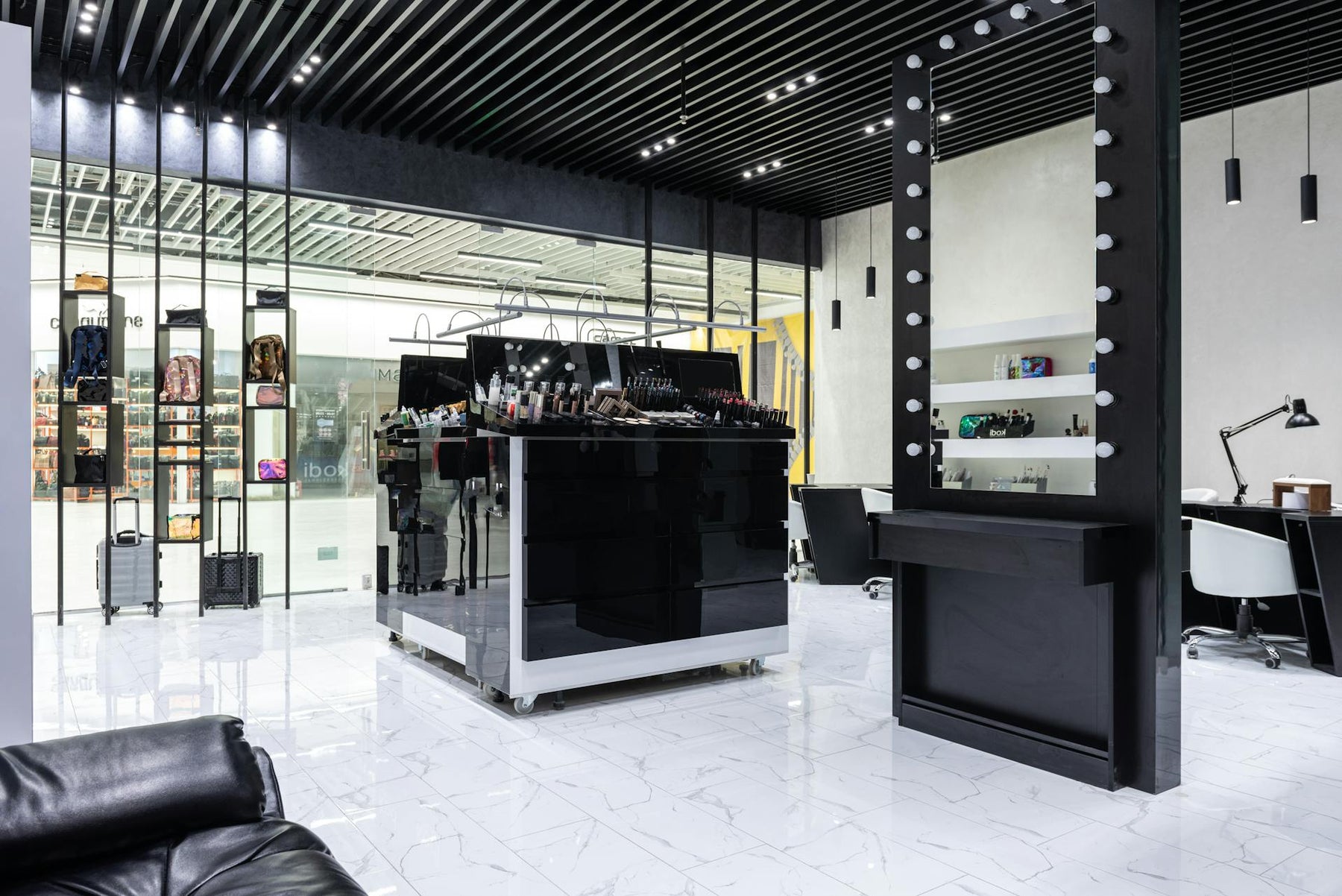
(502) 783-7995
(502) 783-7995


Because of its complex design, wide openings, and several uses, heating a retail building is no easy task. The efficient supply of heat and the optimal comfort of occupants in commercial buildings necessitate meticulous planning, in contrast to residential buildings that have standardised features. Questions like window heat loss, insulation, operational costs, noise, and heating source dependability will be the centre of our considerations of the important factors to think about while wanting to install radiant floor heating retail buildings. In this blog we will talk about things to consider when using floor heating systems in retail and commercial spaces.
Big delivery doors in commercial buildings often stay open for long times, which causes a lot of heat to escape. Heat retention is further complicated by atrium rooms' varied ceiling heights, large glass surfaces, and open floor plans. Revolving doors in entry foyers and office spaces that are located over unheated areas make heat loss even more of a problem. An efficient heating system for commercial buildings must take these architectural intricacies into account.
In retail buildings, windows are quite important for heat loss. Windows allow a lot of heat to escape since they aren't as insulating as sealed walls. The aesthetic and functional goals of modern commercial design frequently include large expanses of glass exteriors, which exacerbate the problems of heat loss even more. It is important to take aesthetics, natural light, and heat loss mitigation into account while designing a floor heating system.
Commercial buildings, especially older ones, may have inadequate ceiling insulation. Because heat rises, heating bills can skyrocket if there isn't enough insulation in the ceiling to prevent heat loss. To reduce heat loss via the ceiling, it is necessary to increase the amount of insulation, which can be achieved by installing blown-in insulation in the attic or other similar locations.
When deciding how to heat a commercial facility, operational costs must be carefully considered. Repairs, updates to warranties, and routine maintenance all add up to a significant dent in a building's operational budget.
Where efficiency and satisfaction of clients are of the utmost importance, such as in commercial places like offices and stores, noise control is essential. To guarantee a pleasant and productive atmosphere for inhabitants, engineers must meticulously evaluate the decibel levels produced by heating system components, making electric floor heating the ideal choice for minimum noise.
When compared to more conventional heating options, including forced-air systems or baseboard heaters, electric radiant floor heating systems are far more energy efficient. An article in the Journal of Building Performance Simulation states that electric radiant floor heating can cut energy usage in retail spaces by as much as 15% when compared to traditional heating systems. Retailers can lower operational expenses and achieve sustainability goals with these energy savings, making it a great alternative for eco-conscious enterprises.
Artistic liberty: Architects are also free to create aesthetically pleasing areas with electric underfloor heating. The design, furnishings, flooring, fittings, and more are all part of this.
The versatility of underfloor heating systems makes them suitable for use with a wide variety of flooring types, including floors made of laminate, hardwood, tile, or carpet.
Consistent and pleasant warmth throughout the shop space is one of the main benefits of electric radiant floor heating, which in turn improves the customer experience and comfort. Stores with pleasant temps are preferred by 82% of customers, according to a Retail Dive poll. Customers are more comfortable thanks to radiant floor systems' uniform heating, which means they stay for longer and spend more money.
Installation and Maintenance: These are two of the most important considerations when looking at floor heating systems for commercial areas. When building from the ground up or renovating an existing space, electric radiant floor heating systems are a breeze to set up. Electric radiant floor heating can cost anywhere from $8 to $12 per square foot to install in retail locations, according to NAHB data. The exact amount depends on how complicated the installation is. Electric radiant floor heating systems also reduce operational disruptions and downtime for merchants because they require minimum maintenance compared to traditional heating systems.
Flexibility and control are two more important factors to think about when installing electric radiant floor heating systems in commercial areas. Retailers can now accurately control the heating levels in different areas of the shop depending on occupancy, time of day, and seasonal variations thanks to advanced floor heating thermostats and control systems. An overwhelming majority of merchants (74%) found that smart heating controls increased operating efficiency and decreased costs, according to a study by the International Council of Shopping Centres. Plus, it's more convenient for store managers and facility operators when they can alter the heating settings remotely using mobile devices.
Ensuring Safety and Adherence: Indoor air quality is improved and workers and customers are healthier with radiant floor heating because, unlike conventional heating systems that use hot air or steam, it does not circulate dust, allergens, or airborne pathogens.
When it comes to controlling the temperature, most traditional heaters and coolers rely on convection, which involves the circulation of airborne dust, bacteria, and other allergens. Radiant heating, on the other hand, warms the room's items rather than the air. Electric radiant floor heating also improves retail safety by removing the possibility of burns and injuries caused by exposed heating equipment and hot surface.

Our under floor heating experts will work on the design and layout of your project, for free!